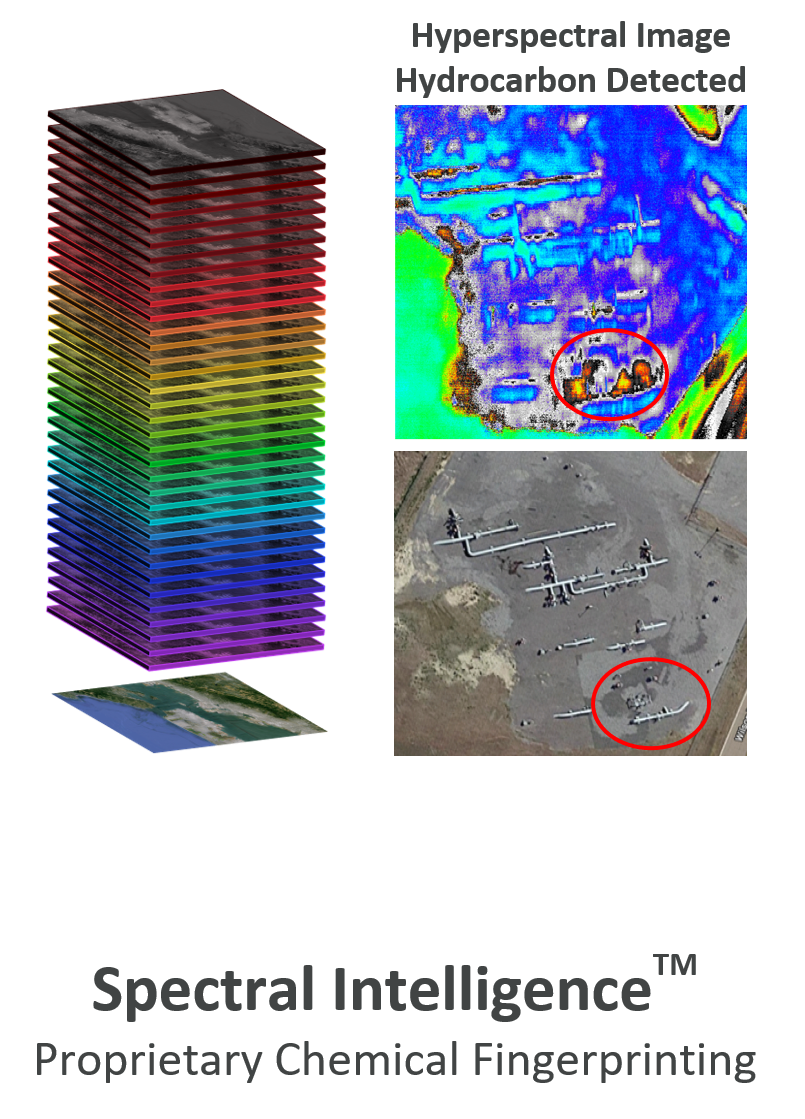Orbital Sidekick (OSK), the first commercial company to deploy hyperspectral sensors in space, has been awarded a 12-month contract on Nov. 19 to serve as a technology partner with the Intelligent Pipeline Integrity Program (iPIPE).
With this award, OSK will advance its preparedness to operate and deliver valuable insights from its forthcoming constellation of proprietary hyperspectral satellites to provide daily, targeted monitoring of pipeline assets in the oil and gas industry.

iPIPE is a consortium focused on advancing emerging technologies to prevent and detect pipeline leaks. The program is a direct response to North Dakota Governor Burgum’s May 2017 challenge to industry to think outside the box and apply new technology to address the challenge of eliminating pipeline leaks. iPIPE holds membership from industry leaders Dakota Access Pipeline, DCP Midstream, Enbridge, Equinor, Goodnight Midstream, Hess, Marathon Petroleum, Oasis Midstream Partners, ONEOK, and TC Energy. It is managed by the Energy & Environmental Research Center (EERC) at the University of North Dakota.
With this partnership, OSK will conduct both satellite and aerial operations over the Bakken and Permian basins. This activity will further the development of its satellite-based hyperspectral pipeline monitoring service. By the conclusion of the iPIPE project in late 2021, OSK intends to offer a fully commercialized, scalable monitoring service, which will dramatically improve upon visual aerial asset monitoring and reshape the market for DOT-compliant pipeline patrol.
The OSK monitoring service will objectively detect and enable prevention of leaks along pipeline rights of way. These capabilities will drive improvements in community safety, environmental performance, and overall operating efficiency.
“The iPIPE commitment to Orbital Sidekick is an affirmation that our asset monitoring solution addresses a very real and urgent market need,” Daniel Katz, CEO and co-founder of OSK, said. “For the first time, operators will be able to objectively assess the health of thousands of miles of pipeline as often as daily, anywhere in the world, for not much more than they currently pay for visual aerial patrol.”
